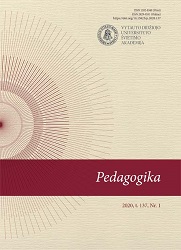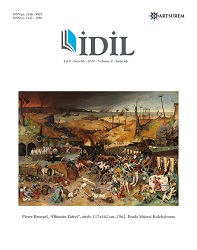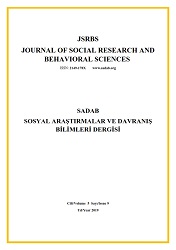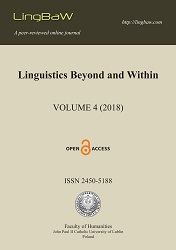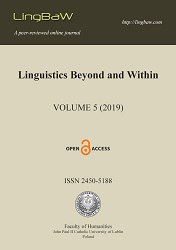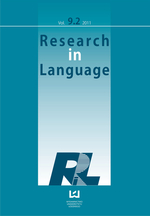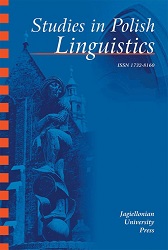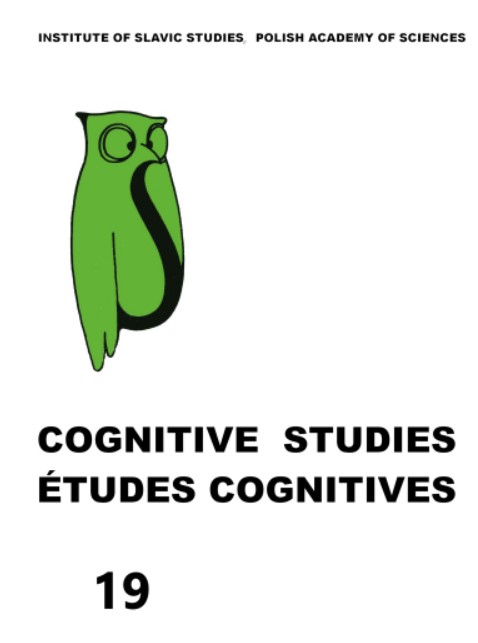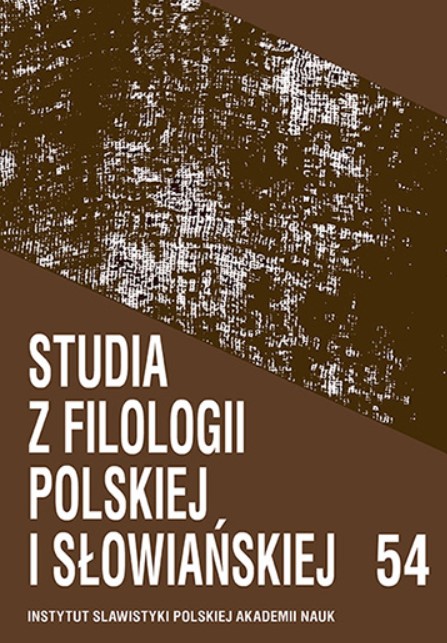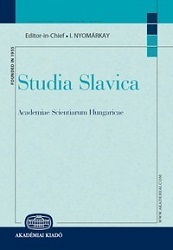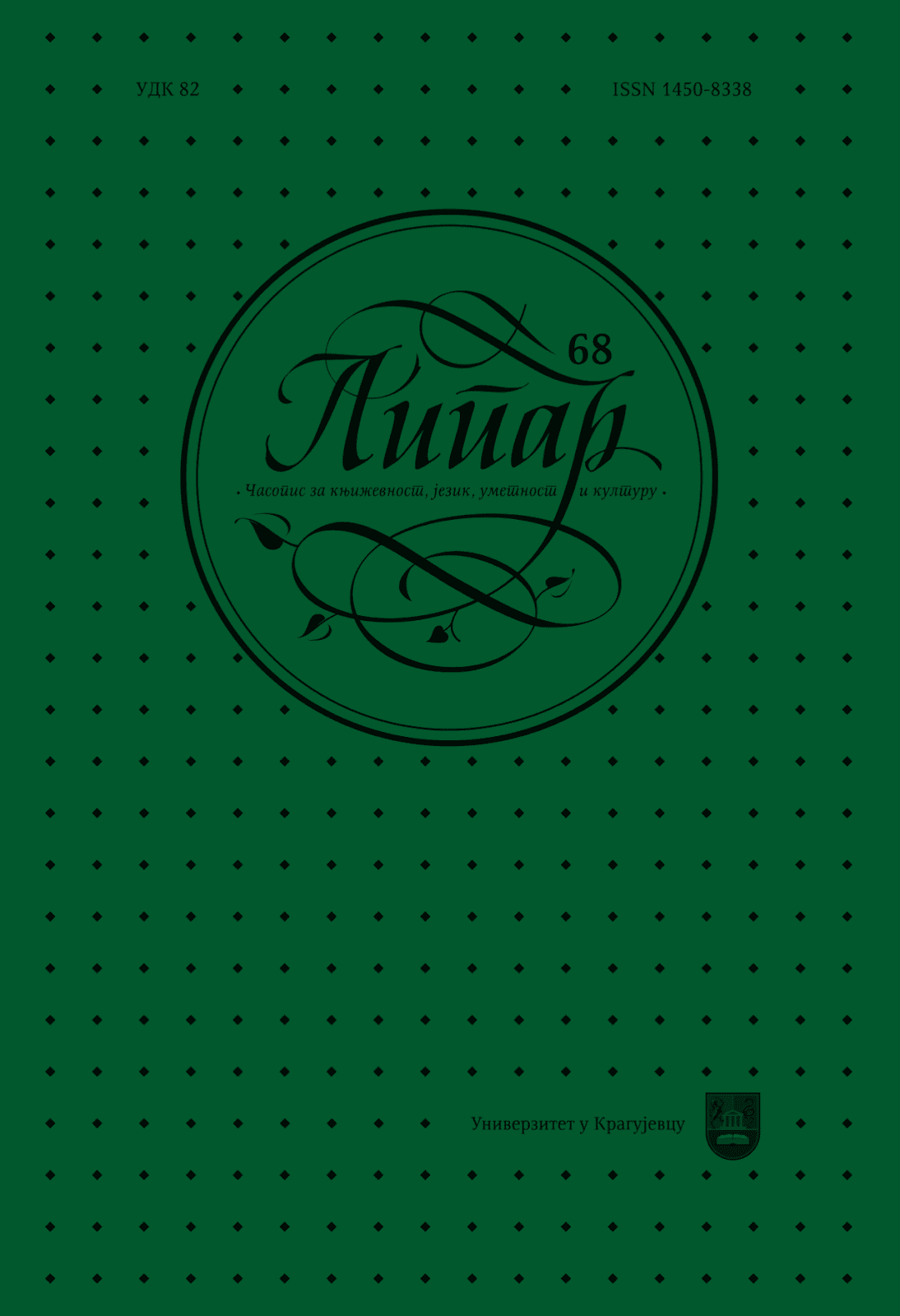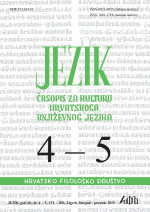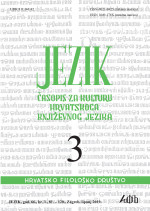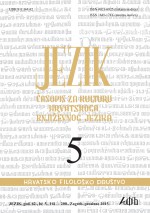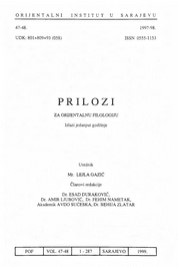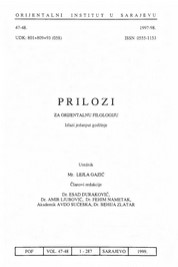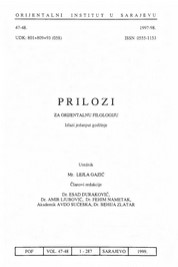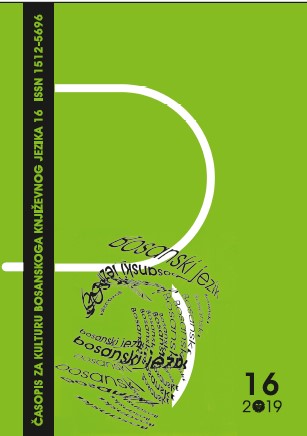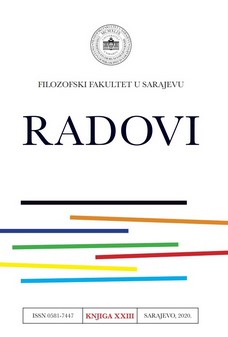Author(s): Liina Pärismaa / Language(s): Estonian
Issue: 65/2019
This article is part of a broader morphosyntactic study dealing with analytic and synthetic constructions expressing spatial relations in the 17th and 18th century North Estonian literary language. The aim of this study is to observe if and how the relationship between analytic and synthetic constructions changes during the two centuries in ecclesiastical texts. It is hypothesized that from the beginning of the literary language reform at the end of the 17th century, the proportion of synthetic constructions increases and that less analytic constructions can be seen in the texts of Christoph Blume, which were written in the middle of the 17th century.This study is usage-based and the material originates from the corpora of Old Written Estonian and the Concordance of Estonian Bible Translations. The study focuses on the relationship of analytic and synthetic constructions in eleven nouns: mägi ‘mountain’, tee ‘road’, linn ‘city’, haud ‘grave’, meri ‘sea’, Jeruusalemm ‘Jerusalem’, süda ‘heart’, taevas ‘heaven’, raamat ‘book’, kõrb ‘desert’, and maa ‘land’. These words were chosen based on the versatility of the forms expressing spatial relations, the existence of both members of the parallel expression of spatial relations, and frequency.The results of this study show that generally the proportion of synthetic locative constructions increased (in eight nouns out of eleven) and the proportion of analytic locative constructions decreased, which could be due to the influence of the literary language reform and the reformers. The more abrupt change in the relationship between analytic and synthetic constructions took place from the end of the 17th century since the beginning of the literary language reform. The results did not indicate that the direction towards analytic or synthetic use depends on the use of internal or external local case or adpositions.In the words mägi ’mountain’, tee ’road’ and haud ’grave’ the analytic locative constructions dominated, which could be caused by the developed traditional marking manner and due to the German influence that was common at that time. Nevertheless, some synthetic locative constructions formed with those words occurred from the beginning of the literary language reform, which indicates that the literary language reform influenced those constructions as well.Blume did not use less analytic constructions to express spatial relations than any other author of that time. He used analytic constructions in eight words out of eleven: mägi ‘mountain’, tee ‘road’, linn ‘city’, haud ‘grave’, meri ‘sea’, süda ‘heart’, taevas ‘heaven’, raamat ‘book’, which could be due to the German influence. However, in the case of tee ‘road’ the proportion of synthetic forms in his texts, which all occurred in his songs, was somewhat higher than in other 17th and 18th century North Estonian authors’ texts (see 3.2). This indicates that it is important to pay special attention to the songs in his texts, because they could have contributed to the adoption of new and/or less widespread forms
More...
